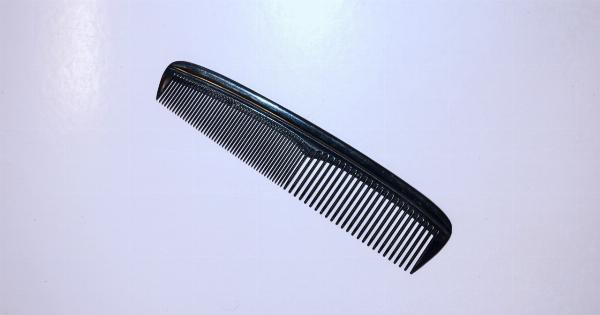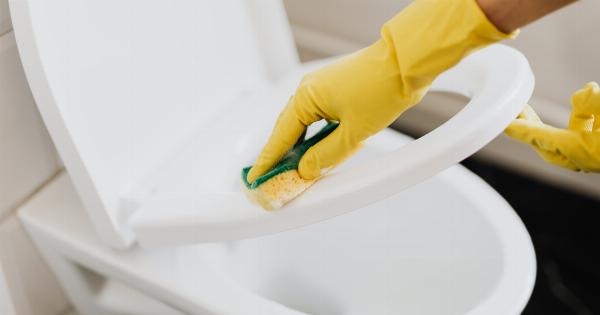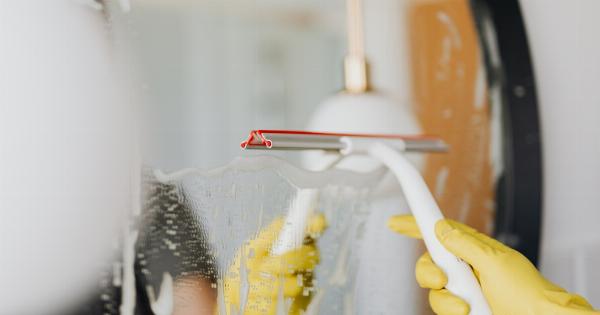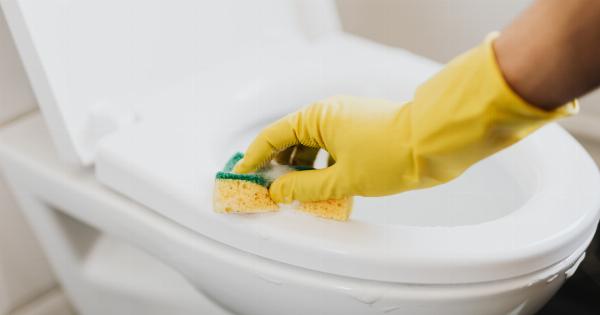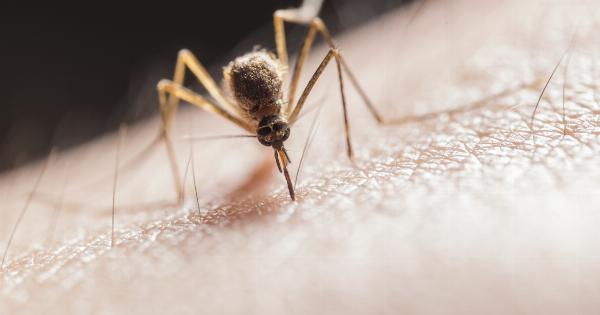It’s a common misconception that our homes are safe havens where we can relax and unwind. Unfortunately, many of the everyday items we use and consume could be silently poisoning us.
One such toxic substance that has gained notoriety in recent years is melamine. Used in the production of various household items, melamine has been linked to serious health issues and even death.
In this article, we will explore the common household items that may contain melamine and provide tips on how to protect yourself and your loved ones.
What is Melamine?
Melamine is an industrial chemical that is primarily used in the production of plastics, adhesives, and laminates. It is commonly found in household items such as dinnerware, kitchen utensils, and food packaging.
Melamine resin, a hard and durable material made from melamine and formaldehyde, is often used in these products due to its heat resistance and affordability.
Health Risks Associated with Melamine Exposure
Melamine itself is considered relatively low in toxicity. However, when it is mixed with other substances or ingested in high amounts, it can pose serious health risks.
The most well-known melamine-related incident occurred in 2008 when melamine-tainted milk formula caused thousands of infant illnesses and several deaths in China.
Exposure to melamine can lead to kidney problems, urinary tract issues, bladder stones, and even kidney failure. Long-term exposure has also been associated with an increased risk of bladder cancer.
Children, pregnant women, and individuals with kidney problems are particularly vulnerable to the harmful effects of melamine.
Common Household Items that May Contain Melamine
It’s important to be aware of the everyday items that could potentially contain melamine. Here are some common household items to watch out for:.
1. Dinnerware and Plates
Melamine is often used in the production of colorful and unbreakable dinnerware. While it may be visually appealing and convenient, melamine dinnerware can release the chemical when exposed to high temperatures or acidic foods.
It is important to avoid microwaving melamine plates or using them to serve hot foods.
2. Kitchen Utensils
Cooking utensils made from melamine can slowly release the chemical into your food over time. Opt for utensils made from safer materials such as stainless steel, silicone, or wood.
3. Food Containers
Some plastic food containers, particularly those labeled as microwave-safe or containing the recycling symbol number 7, may contain melamine. It is advisable to choose containers made from BPA-free materials or glass to store your food.
4. Cutting Boards
Similar to kitchen utensils, cutting boards made from melamine can release the chemical into your food. Use cutting boards made from wood or other safer materials.
5. Baby Bottles and Pacifiers
Not all baby bottles and pacifiers are created equal when it comes to safety. Some cheap or counterfeit baby products may contain melamine. Always choose products from reputable and trusted brands.
6. Pet Bowls
Melamine is commonly used in the production of pet bowls due to its durability. However, continuous use of melamine bowls can expose your furry friends to the chemical. Look for pet bowls made from stainless steel or ceramic.
7. Fertilizers
Melamine has also been found in some fertilizers, particularly those imported from certain countries. It is crucial to read the labels and choose fertilizers that have undergone rigorous testing to ensure they are free from harmful substances.
How to Protect Yourself and Your Family
While it may seem overwhelming to eliminate all items potentially containing melamine from your household, there are steps you can take to minimize exposure:.
1. Choose Alternative Materials
Opt for dinnerware, utensils, and food containers made from safer materials such as glass, stainless steel, or BPA-free plastics.
2. Be Mindful when Microwaving
Avoid using melamine plates or containers in the microwave. Opt for microwave-safe materials instead.
3. Check Labels
Look for products that explicitly state they are melamine-free or do not contain harmful chemicals. Read labels carefully and do your research before purchasing household items.
4. Buy from Reputable Brands
Choose products from trusted brands known for their commitment to safety and quality. Counterfeit items or those from unknown manufacturers may carry higher risks.
5. Stay Informed
Keep yourself updated on product recalls and safety information related to melamine. Subscribe to relevant news sources or join online communities that discuss household safety.
Conclusion
Melamine, a common chemical found in various household items, poses significant health risks when ingested or exposed to high temperatures.
It is essential to be aware of the items that may contain melamine and take necessary precautions to protect yourself and your loved ones. By choosing alternative materials, being mindful of microwave usage, checking labels, buying from reputable brands, and staying informed, you can create a safer environment within your home.
Prioritizing your family’s health should always be at the forefront of your decision-making when it comes to the household items you use and consume.



